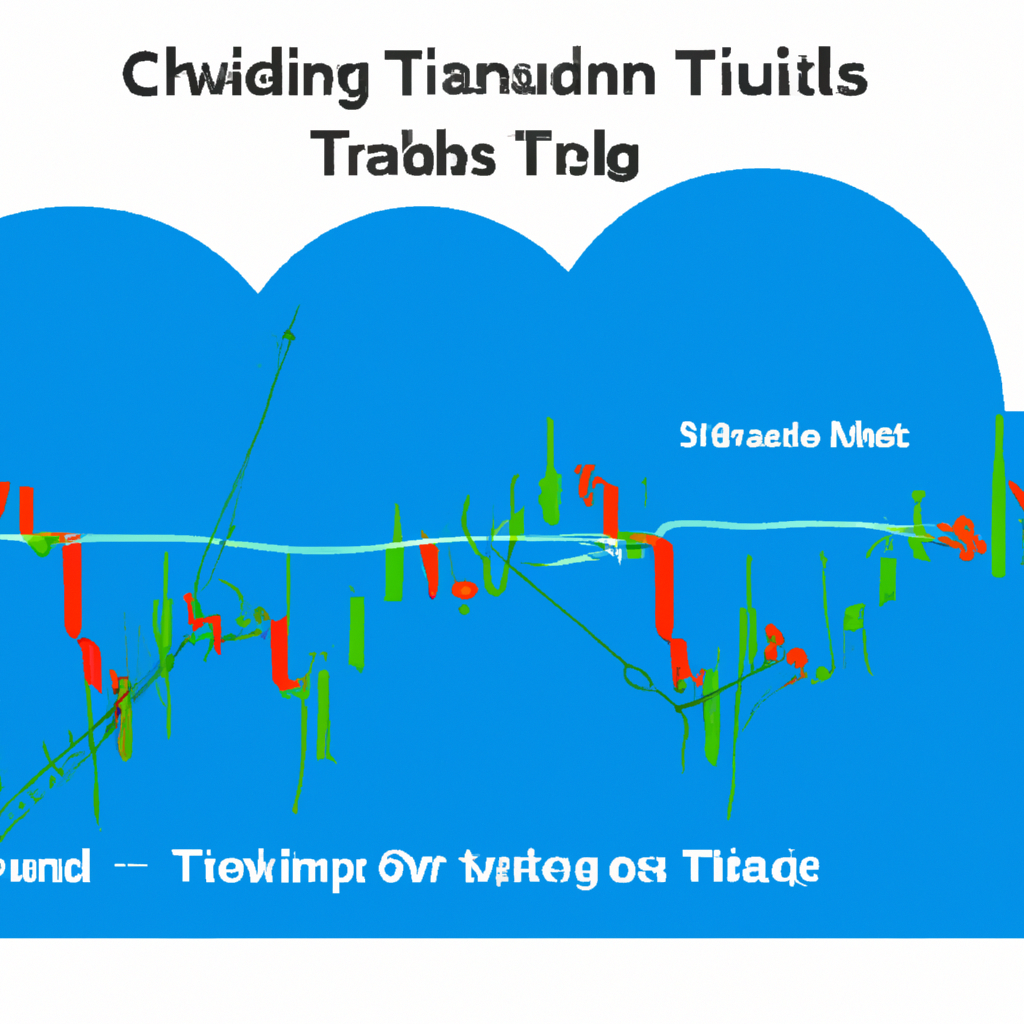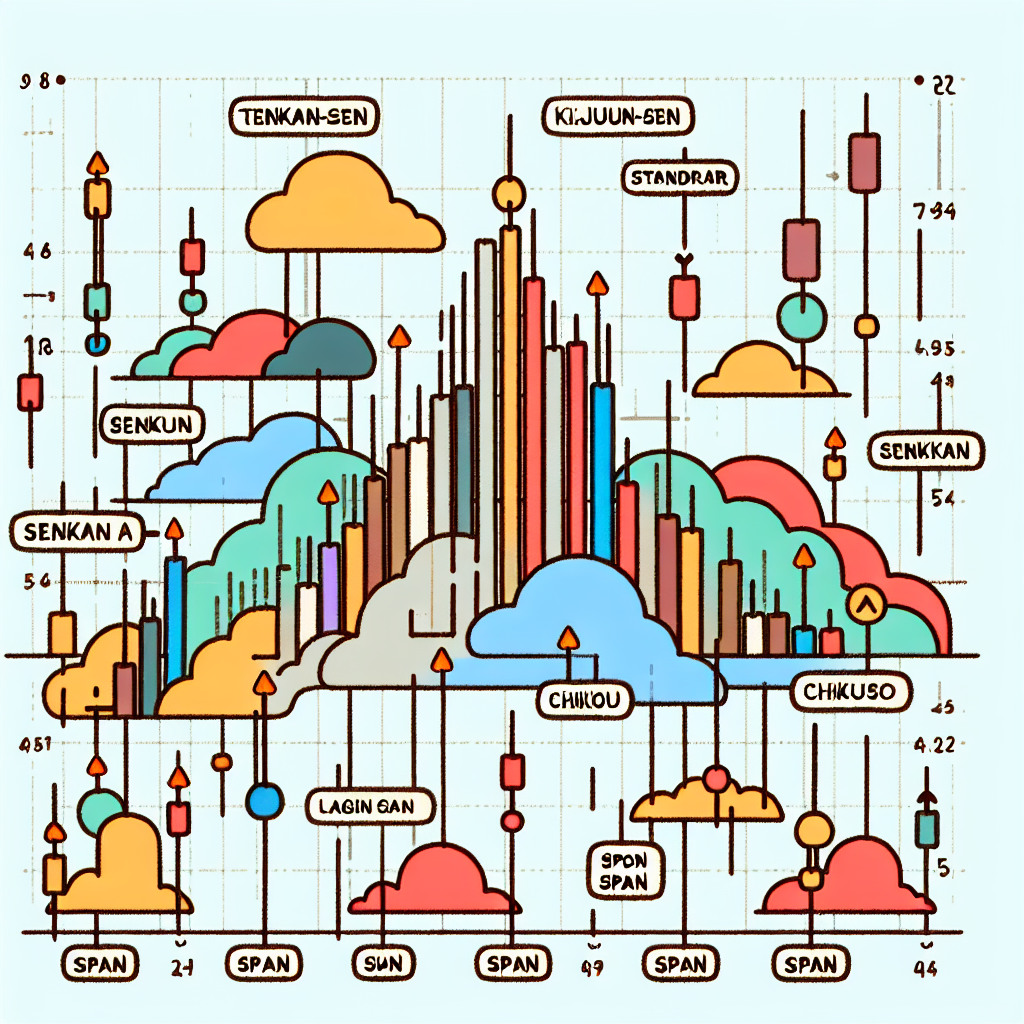
Understanding Ichimoku Cloud Trading Signals
Ichimoku Cloud is a technical analysis tool that provides traders with insights into potential trend direction, support and resistance levels, and momentum in the market. It consists of five key components that work together to generate trading signals.
Components of Ichimoku Cloud
1. Tenkan-sen (Conversion Line): This is a short-term moving average calculated by averaging the highest high and lowest low over the last 9 periods. It represents the market’s short-term momentum.
2. Kijun-sen (Base Line): This is a medium-term moving average calculated by averaging the highest high and lowest low over the last 26 periods. It acts as a support/resistance level and can help identify potential trend reversals.
3. Senkou Span A (Leading Span A): This is the average of the Tenkan-sen and Kijun-sen plotted 26 periods ahead. It forms the first boundary of the cloud and can indicate future support/resistance levels.
4. Senkou Span B (Leading Span B): This is the average of the highest high and lowest low over the last 52 periods plotted 26 periods ahead. It forms the second boundary of the cloud and can provide confirmation of support/resistance levels.
5. Kumo (Cloud): The area between Senkou Span A and Senkou Span B is known as the Kumo. It represents future support/resistance levels and can help identify potential trend changes.
Trading Signals with Ichimoku Cloud
1. Cloud Breakout: When the price breaks above the cloud, it indicates a potential uptrend, while a break below the cloud suggests a potential downtrend. Traders can use this signal to enter or exit trades.
2. Tenkan-sen/Kijun-sen Cross: When the Tenkan-sen crosses above the Kijun-sen, it signals a bullish trend, while a cross below indicates a bearish trend. Traders can use this signal to confirm trend direction.
3. Chikou Span Confirmation: When the Chikou Span (lagging line) crosses above the price, it confirms a bullish trend, while a cross below confirms a bearish trend. Traders can use this signal to validate other signals.
4. Kumo Twist: When the Senkou Span A crosses above Senkou Span B, it indicates a potential uptrend, while a cross below suggests a potential downtrend. Traders can use this signal to identify trend changes.
Conclusion
Ichimoku Cloud trading signals can provide valuable insights into market trends, support/resistance levels, and momentum. By understanding the components of Ichimoku Cloud and how to interpret the signals they generate, traders can make more informed trading decisions and improve their overall performance in the market.





